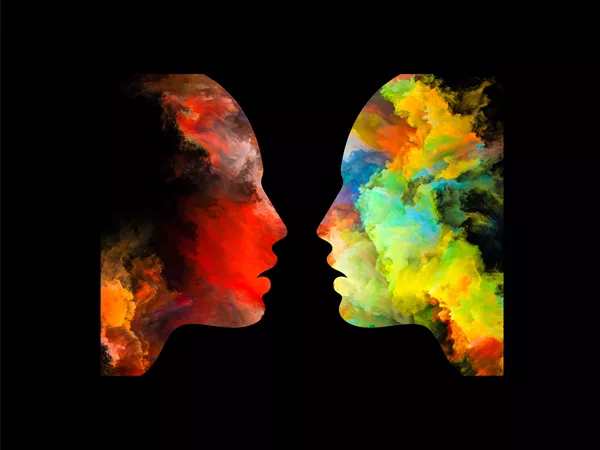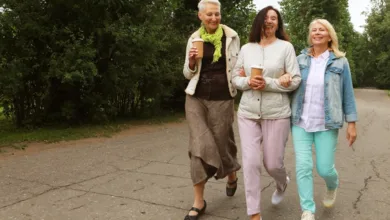Challenges to Identity

I had a strange experience the other day — not so much upsetting as unsettling.
A neighbor had lost a loved one. I stopped by to express my condolences. She had younger family members present who thanked me and then ignored me. It felt like being patted on the head and told to be quiet while the adults talked.
This isn’t my family and I have no desire to be part of their discussions on what to do next. The discomfort comes because people usually do ask me to help. I’ve spent much of my career as an elder law attorney and have probated many estates. I work with older adults all the time. This is exactly the type of situation where people normally seek me out and ask about the next steps.
I don’t want to insert myself into this family’s grief, and they seem perfectly capable of finding the help they need. But I think I was patted on the head because they saw me as too old to be of any use. That doesn’t happen to me often and was jarring.
I suppose I should get used to it. I’m at that age where new wrinkles appear overnight and the gray in my hair is overtaking the original color. My husband and I downsized to a senior community last year; thus, as a neighbor, the family automatically labeled me as “old.”
I don’t equate “old” or “older” to useless (especially when applied to me, of course), but much of our society does. This disregard is so common that it has its own ‘ism’: Ageism.
Why does age create assumptions that people have nothing to contribute? Maybe I crossed a line in the eyes of our society without even realizing it. It reminds me of the first time a young person called me “ma’am.”
I was only approaching my 30 birthday when a teenager addressed me as such. I was in shock for days. When had I grown up, much less aged?
I don’t mind being recognized for growing older. But that to imply I have nothing to give to others? I don’t like that. It threatens my identity and challenges what I believe to be true about myself: That my values require me to help where I can, my beliefs in my skills and competency. This is part of who I am.
And when our identities are threatened, we’re shaken.
In this column, I’ve written before about conflicts in today’s society and how we might try to work together.
Part of the reason those conflicts continue is that the issues involved, and the positions taken by opposing sides, pose threats to the identities of those in conflict.
Daniel Shapiro, founder of the Harvard International Negotiation Project, writes about what he calls the five pillars of identity: Beliefs, rituals, allegiances, values, and emotionally meaningful experiences. When someone challenges any of these, we take notice. If the challenge is to one of what Shapiro calls a “sacred element,” our reaction will be so intense the conflict may be almost impossible to resolve. We don’t take well to threats to those pieces of ourselves we hold most dear.
Is this how the battles over masks became a battle between personal liberty and compassionate responsibility? Do our political battles challenge the sacred identities of Republicans and Democrats, even though the beliefs defining the parties become more blurred all the time?
When a conflict can’t be resolved, identity issues are often at the core of the problem. And sometimes finding a solution requires us to take a new look at who we are, at those core elements of our identities, and to decide that there is some possibility of change. Are we mature enough to evolve?
Apparently, I’m old enough to give it a try.





